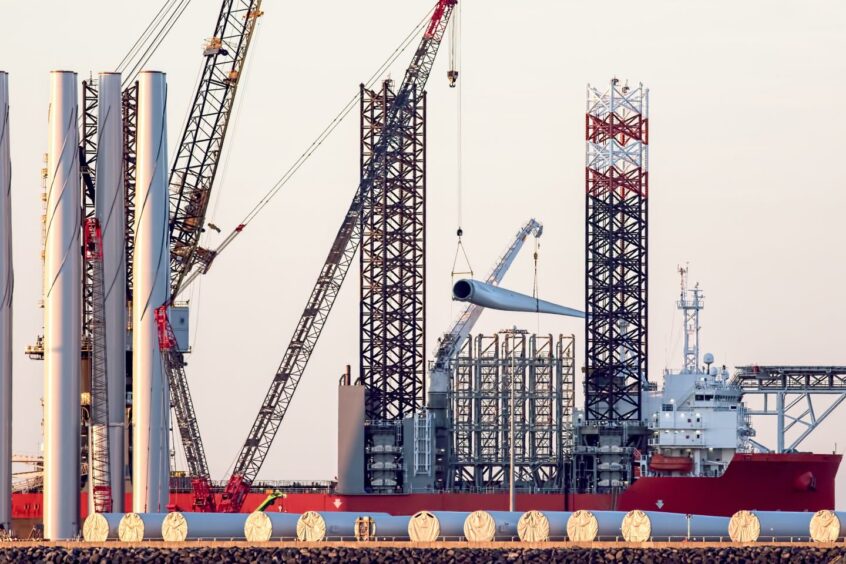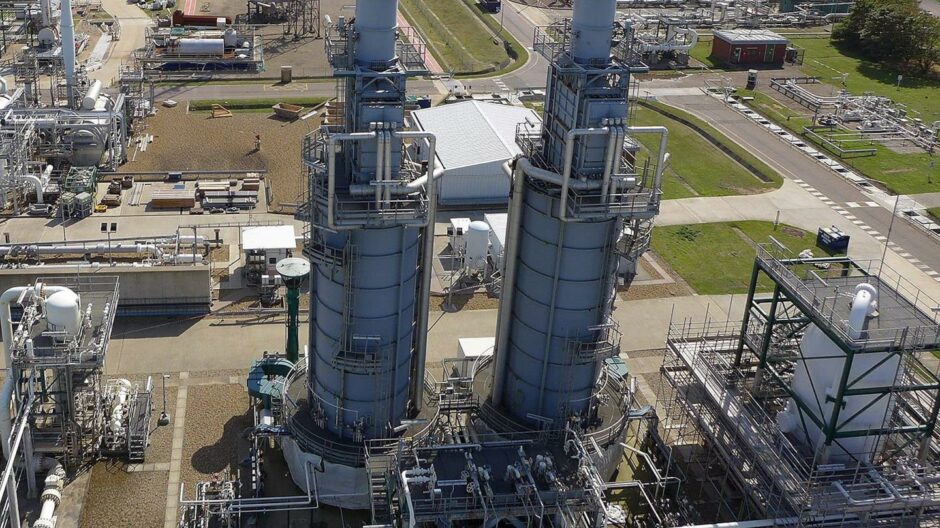
“Scotland will become the offshore wind capital of the world, I think that’s inevitable,” says Martin Dronfield, chairman of the East of England Energy Group (EEEGR), “but the East of England can and will become the integrated energy exemplar in the UK.”
Much has been made of the recent ScotWind awards and the level of investment on the way, which could ultimately usurp East of England as the country’s leader in offshore wind.
But with the Southern North Sea on its doorstep, there’s a multi-billion pound wish list of energy transition opportunities being checked off for East Anglia, a region which Dronfield says will account for a third of the UK’s electricity by 2030.
“We’re not talking to governments about being an important offshore wind hub or an important Southern North Sea gas hub,” Dronfield adds, “we’re talking to government about being an exemplar in the provision of integrated energy solutions”.
“That’s what really excites me.”
The region has long talked about itself as an “All-Energy” area and Dronfield says the discussion now doesn’t necessarily look at “oil and gas” or “offshore wind” or “hydrogen” in isolation, but working together towards the energy transition, particularly as elements like offshore electrification come to the fore.
According to Opergy, a consultancy that Dronfield works at as commercial director, more than £122 billion of forecast capital investment is expected in the next 20 years in major clean energy and infrastructure across the East and South East regions of the UK.
There’s plenty in the hopper already; East Anglia hosts the Bacton gas terminal, now proposed as a wider energy hub to supply blue and green hydrogen for decades ahead to southern England, and there’s proposals for the huge Sizewell C nuclear power station.
The region’s coast already plays host to around 47% of the UK’s installed wind capacity and seeing a ramp up in solar and battery storage technology and, not to forget, new opportunities continue to come through North Sea gas projects and decommissioning.
Simon Gray, executive director of policy at EEEGR, said: “There’s a lot happening, I’m delighted to say, and long may it continue.
“I used to fly up to Aberdeen once a month or something and I used to be so envious of everything in Aberdeen that we lacked down here and I’m now in the position where I’m actually quite happy about where we are at the moment because there’s so much happening.”
Of course none of this is possible without maintaining and building a skilled workforce, something EEEGR is acutely focused on.
Across all sectors, Opergy expects “many hundreds of thousands of new jobs potentially being created, and nowhere near enough people becoming available”, Dronfield said.
“The underlying problem is the UK today doesn’t have the skills required to underpin what is an enormous opportunity in the energy transition.
“There is very much a feeling that we’re seeing a downturn in the number of people employed in oil and gas in the UK and that those people will naturally transition across to the emerging clean energy sectors, and of course that’s true. But there’s a couple of things in the way.
“The numbers of new roles being created in energy over the next 10,15,20 years far, far outstrips the numbers of experienced people becoming available through the downturn of oil and gas.”
Opergy is expecting to publish granular reports breaking these figures down in the coming weeks.
The other major barrier is on cross-sector movement, such as shifting from oil and gas to renewables due to duplicated training costs.
Gray said: “We have been hugely frustrated about people coming up in the oil and gas sector saying ‘I can’t work in renewables, there aren’t any roles’.
“Yeah there are roles but, sorry, you haven’t got the right qualifications to work offshore.
“They’d reply: ‘I’ve been working offshore for 25 years!’ So it’s trying to cross some of those bridges as well.”
Dronfield adds, though, that while there has been commercial blockages to this in the past, announcements on an “All-Energy Passport” are expected in the coming weeks and months, making for an “encouraging outlook”.
This focus on skills will bear out in EEEGR’s Southern North Sea 2022 conference being held in Norwich on May 25-26, themed on “Energy Integrated in the East”.
Within the programme, which will have representation from a spectrum of energy industries, there will be events specifically focused on ushering new talent into the sector.
One such initiative EEEGR has been pushing is its Skills for Energy programme, working with young mentors in the energy sector to speak to school pupils to stimulate excitement about what the industry has to offer, and working with academic institutions to ensure the right courses are on offer to allow them to pursue that.
Gray said: “When I started in the industry, I thought we needed to speak to young people aged 16 or something, actually we’re finding we need to speak to them at about nine or ten years old.
“That’s to stimulate how important, how vital, how interesting the sector is, and stimulate their thinking.
“Explaining that it’s not just about engineering – engineering is really important – but HR and marketing, there’s all kinds of other roles as well.”
EEEGR hopes that, having pushed the conference from March due to Covid concerns, this “real live, face to face event” will attract around 1,200 people, with other virtual offerings in place too such as meet the buyer sessions.
As well as the skills piece, the organisation is also focused on supporting projects in the oil and gas industry, particularly the latter as gas is a major focus for the Southern North Sea, as backlash mounts against the industry amid high energy prices.
Dronfield says: “We simply don’t switch off our existing forms of energy generation. We protect them and make the transition in a controlled manner, and that’s what we’re doing.
“Energy prices are incredibly high at the moment, let’s not forget that the same organisations that are being accused of a windfall at the moment have endured some absolutely torrid times as well over the last few years.
“And let’s not forget that many of the major oil companies are the ones that, over the next two decades, will be pumping billions of pounds into clean energy.”
Recommended for you


 © Supplied by EEEGR
© Supplied by EEEGR © Supplied by Shell
© Supplied by Shell